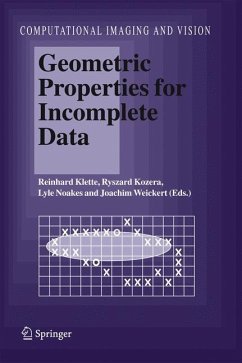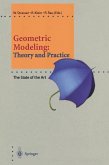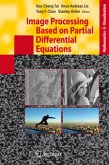Computer vision and image analysis require interdisciplinary collaboration between mathematics and engineering. This book addresses the area of high-accuracy measurements of length, curvature, motion parameters and other geometrical quantities from acquired image data. It is a common problem that these measurements are incomplete or noisy, such that considerable efforts are necessary to regularise the data, to fill in missing information, and to judge the accuracy and reliability of these results. This monograph brings together contributions from researchers in computer vision, engineering and mathematics who are working in this area.
The book can be read both by specialists and graduate students in computer science, electrical engineering or mathematics who take an interest in data evaluations by approximation or interpolation, in particular data obtained in an image analysis context.
The book can be read both by specialists and graduate students in computer science, electrical engineering or mathematics who take an interest in data evaluations by approximation or interpolation, in particular data obtained in an image analysis context.
From the reviews: "This compendium should be treated as a higher-level text with the target audience being computer scientists, electrical engineers, and mathematician, both in the research and industrial settings. Graduate-level students interested in pursuing advanced treatments of the topic can benefit from reading this book as well. ... This text is an important and worthwhile contribution to the computational imaging and vision literature; it is easy to read and rigorous in its mathematical development." (R. Goldberg, ACM Computing Reviews, Vol. 49 (4), April, 2008)








